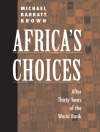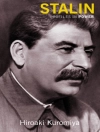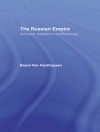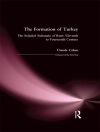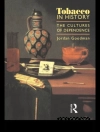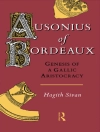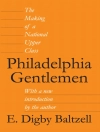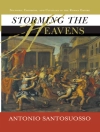Mass Violence and the Self explores the earliest visual and textual depictions of personal suffering caused by the French Wars of Religion of 1562–98, the Fronde of 1648–52, the French Revolutionary Terror of 1793–94, and the Paris Commune of 1871. The development of novel media from pamphlets and woodblock printing to colored lithographs, illustrated newspapers, and collodion photography helped to determine cultural, emotional, and psychological responses to these four episodes of mass violence.
Howard G. Brown’s richly illustrated and conceptually innovative book shows how the increasingly effective communication of the suffering of others combined with interpretive bias to produce what may be understood as collective traumas. Seeing these responses as collective traumas reveals their significance in shaping new social identities that extended beyond the village or neighborhood. Moreover, acquiring a sense of shared identity, whether as Huguenots, Parisian bourgeois, French citizens, or urban proletarians, was less the cause of violent conflict than the consequence of it. Combining neuroscience, art history, and biography studies, Brown explores how collective trauma fostered a growing salience of the self as the key to personal identity. In particular, feeling empathy and compassion in response to depictions of others’ emotional suffering intensified imaginative self-reflection. Protestant martyrologies, revolutionary ‘autodefenses, ‘ and personal diaries are examined in the light of cultural trends such as the interiorization of piety, the culture of sensibility, and the birth of urban modernism to reveal how representations of mass violence helped to shape the psychological processes of the self.
Cuprins
List of Illustrations
Acknowledgments
Introduction: A Discourse on Method
1. Massacres in the French Wars of Religion
2. The Fronde and the Crisis of 1652
3. The Thermidorians’ Terror
4. The Paris Commune and the ‘Bloody Week’ of 1871
Conclusion
Notes
Index
Despre autor
Howard G. Brown is Professor of History at Binghamton University, State University of New York. He is the author of a number of books, including Ending the French Revolution: Violence, Justice and Repression from the Terror to Napoleon, winner of the American Historical Association’s 2006 Leo Gershoy Award.


